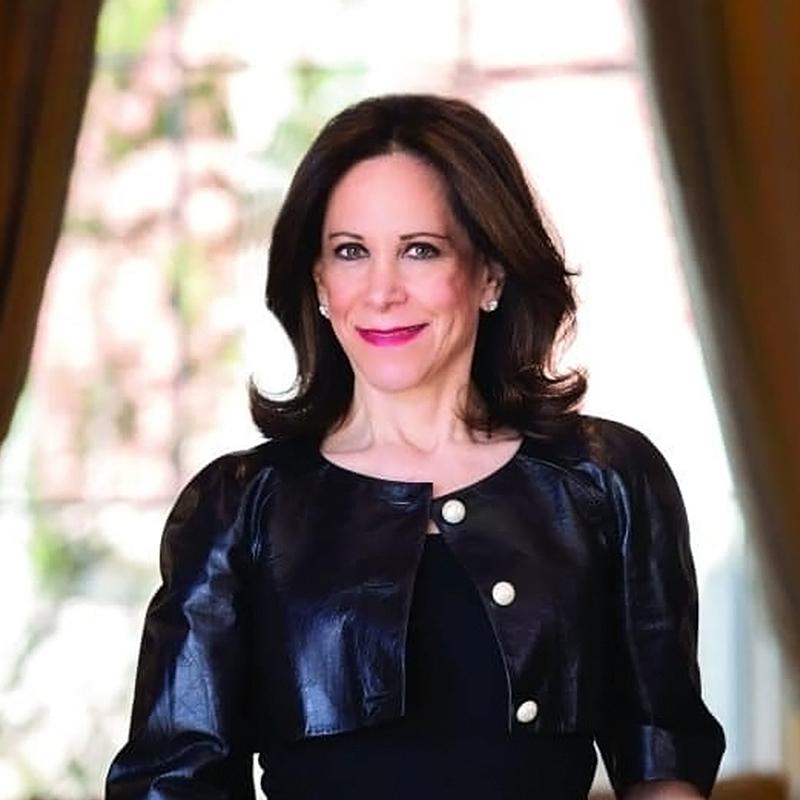Fast Facts
Current position & company::
Executive Vice President and Chief Legal Officer, NiSource, Inc.
Location::
Merrillville, IN
Number of employees::
Approx. 8,000
Number of years in current role::
6.5 years
Previous experiences::
President of AT&T Illinois, partner at Schiff Hardin & Waite law firm, Florida Office of Public Counsel (Attorney), Florida Public Service Commission (Attorney)
First job::
Babysitter. First real job: Attorney at Florida Public Service Commission
Leader you admire the most::
My former boss at AT&T, Ed Mueller, epitomized all the characteristics of a strong leader. He was passionate about his people, passionate about his job, passionate about people's ability to perform, and somebody that made others want to follow him and to perform at their best, because he motivated people that way.
Questions & Answers
What is the difference between leading and managing?:
You have to understand the difference between the two to be a good leader, as well as a mentor and coach to the people who work for you as well as the people who don’t. A manager is someone who can get things done, and it’s important to have people that can expedite tasks. However, that’s completely different than someone who’s a leader, who motivates, who strategizes, who’s creative, who doesn’t look at work from a tactical perspective, but a strategic one. A great leader doesn’t focus on the tactics but rather on “what are we trying to do and why?”
Tell me a little bit about your position as a leader at NiSource. How does your leadership style differ in comparison to your previous positions, such as your role at AT&T?:
With each new position in my career, I moved up to a more senior organizational role. I am now directly reporting to a CEO of a Fortune 500 company which is the most senior role I have ever had. As I’ve advanced, I have changed my leadership style and my approach. I have come to realize it’s not all about me, it’s about the team and the team you lead; it’s about your peers, and that has been a really big eye-opening experience for me.
One of my first and biggest challenges at AT&T was being in charge of a team and doing something I have never done before. That was the first time I realized that I have plenty of smart and talented people to help me. Generally, the higher up you move in an organization, the more resources you have, and the less you can, should, or need to do on your own. Not only do you have the people inside your organization to help, but it can be very beneficial to turn to other resources in other organizations for guidance and a fresh perspective.
What do you do at NiSource to equip leaders to communicate from the stance of transparency and openness and what have you seen really work?:
We have a centralized corporate communications department that provides assistance to the business units and corporate services functions. Having a centralized corporate communications group really facilitates communications consistency, something I believe is a necessity. I also believe that if leaders act as they say they’ll act, over a period of time, employees and other stakeholders will recognize their actions and follow their words. It’s one thing to say you’re going to fix something; it’s another thing to actually do it. And once you do it, then you’ve earned people’s trust. So, walking the talk is critical for leaders.
How do you personally keep your team inspired?:
Being a leader is about finding the right balance of coaching and teaching, and not always directing. This empowers people to take on new roles and grow into them with confidence. It’s about helping people understand what their role is in achieving the organization’s objectives and rewarding and acknowledging their performance.
What is the biggest communication challenge for leaders today?:
I believe the mistake leaders most often make is under-communicating. If you don’t give people information, people tend to assume the worst. It’s human nature to want to understand what is going on around you. Being open and honest is a critical component in building trust.
In your career, who greatly influenced your leadership style?:
Ed Mueller, who hired me to become president of AT&T-Illinois, has had a notable influence on my leadership approach. We worked together for two years at AT&T, and he has been one of the most effective leaders I have ever seen. With Ed, it was all about the team and never about him. He was a passionate, compassionate, empathetic leader who knew how to set a strategy and let people do what they needed to do to deliver on it.
What words of advice can you offer leaders on how to best engage their organizations in today’s dynamic environment?:
When you’re unsure of how to deal with something, I recommend thinking about if you were the employee and someone else was your leader. How would you want to be treated? What would make you feel valued? Engaged? Cared for? Important? I really believe that thinking from the receiver’s perspective is a good rule of thumb for a leader.
My other advice is:
- Never think you have the answer to everything.
- Listen to others.
- Be self-aware and think about the impact that you have on others.
